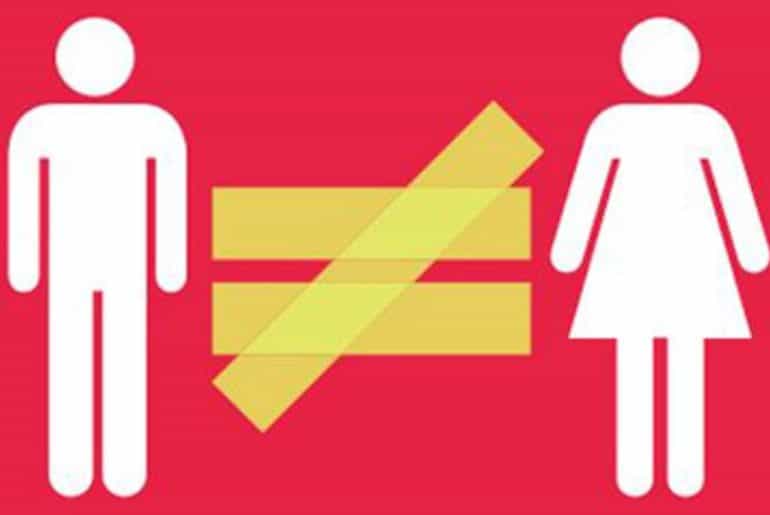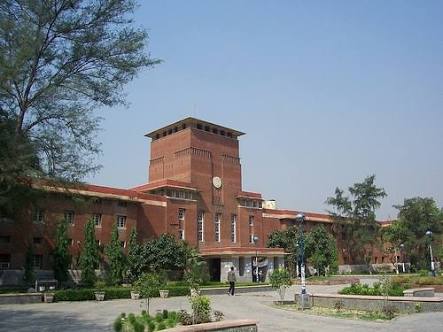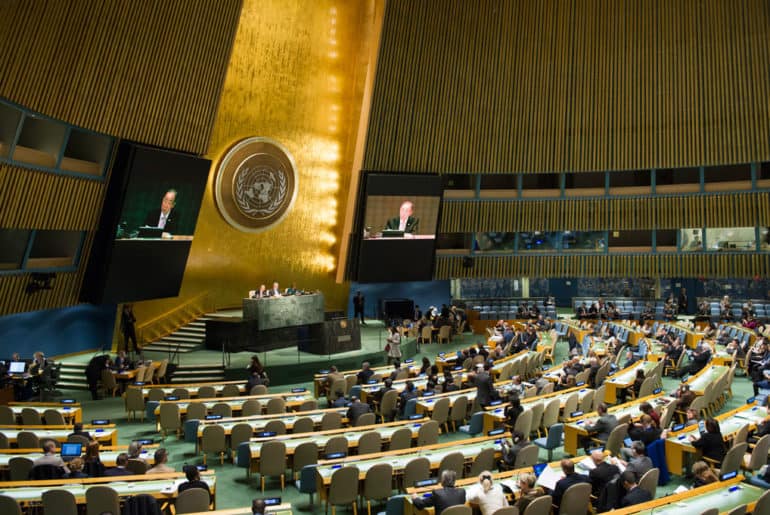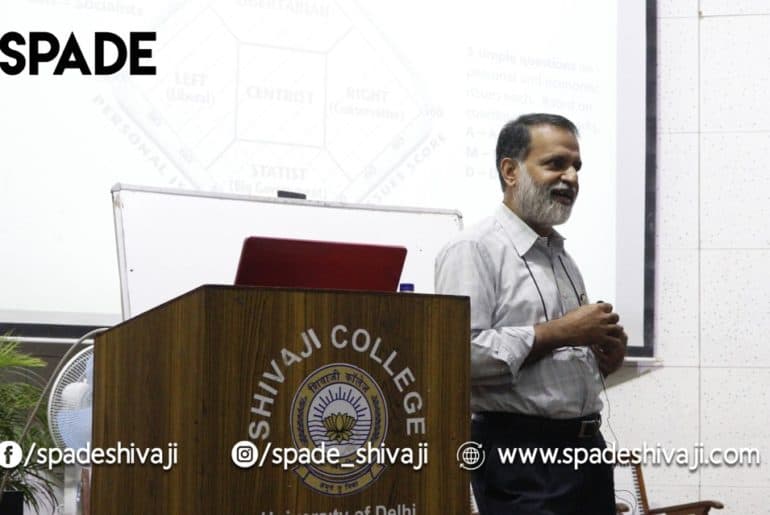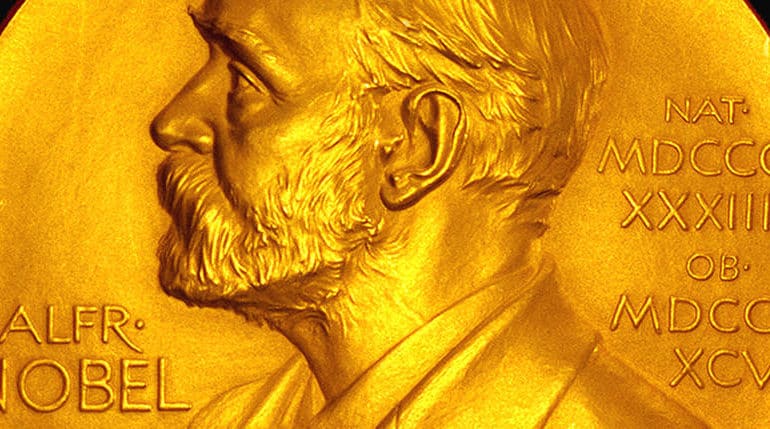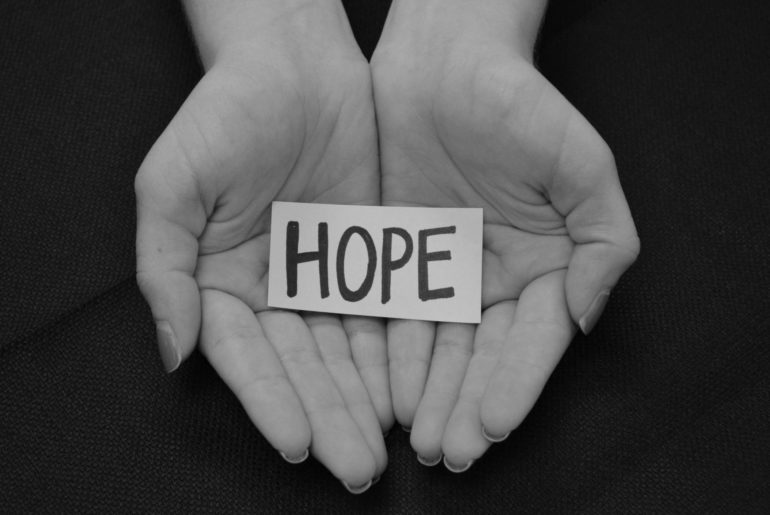Recently, with the movie mogul Harvey Weinstein being accused of sexual misconduct by various female celebrities, including Gwyneth Paltrow, Angelina Jolie, Ashley Judd, etc, we are bound to think about the ugly insides of this superficially glamorous industry. All of woman kind, from the subjugated woman working silently in the kitchen to the A-listed women with the commanding personality seen on the bigger screen, everyone at some point has been victim to patriarchy and male chauvinism.
In all of history, the film industry, primarily Hollywood and it’s Indian compeer, Bollywood have been reinforcing sexism. Over sexualizing and objectifying the female characters has always been a marketing strategy. Women in the film industry are often seen as a sum of their sexuality, rather than their talent.
The sexism existing in the film industry is too transparent. In mainstream commercial Bollywood films, the institutionalization of the “item” songs, derogatory lyrics, dialogues like “Marriage se pehle ladkiyan sex object hoti hain aur marriage ke baad they object to sex” – Kambakkht Ishq suggest the blatant sexist nature of the industry, while depicting the idea that the ultimate goal of the woman is to satisfy the male gaze. In this adulterated industry, too often the commodification of women is sugar coated in the form of entertainment.
In an entertainment driven country like India, things seen on screen have a great influence on the larger audience. The over sexualized content, results in the increasing brutality against women. “For most Indian men, social interactions with the opposite sex are severely limited. What they see on screen guides much of their perceptions of women,” opined journalist Ruchika Tulshyan on Forbes. “Portraying women as sex objects has far-reaching ramifications from normalizing eve-teasing and stalking, to glorifying rape and murder.”
Other than being constantly objectified, actresses also encounter other problems in the face of this corporate misogyny like the disparity in the wage gap, where an actor is paid more on the sole basis of the fact that he is a man. The idea of the male breadwinners is outdated but the paychecks do not reflect that, because the pay is not at par. The women in the industry are also verbally and sexually harassed. A little cleavage turns into sensational news, interview questions directed towards knowing which of their co-stars would they rather sleep with, or being propositioned with various decadent conditions for a role.
The position of female actress in the film industry is a strenuous one. She is made an object of scrutiny. Where everything she does bears numerous repercussions. Barring few exceptions, mainstream cinema in India “has a “patriarchal, sexist and misogynistic” character,” says Ranjana Kumari, Director of Centre for Social Research and member of the National Mission for the Empowerment of Women . “Our cinema exploits the Indian psyche and the mindset that has sexist notions about women’s bodies and this is used and exploited by cinema. Barring some films, where women have been in lead roles or acted as protagonists, in most cases, women are used as a representation of good bodies. This is done to titillate,” she adds.
Feature Image Credits: Tes Teach
Trishala Dutta
[email protected]

